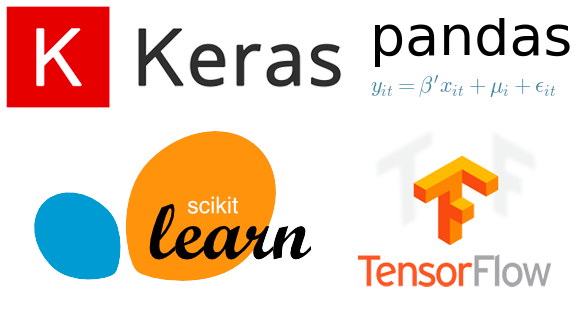How to classify images using CNN layers in Keras: An application of MNIST Dataset

Convolutional Neural Networks (CNNs) are a powerful tool for image classification tasks. They work by learning hierarchical representations of the image, where each layer captures a different level of abstraction. In this essay, we will discuss how to classify images using CNN layers in Keras, using the MNIST dataset as an example.
The MNIST dataset is a dataset of handwritten digits that is commonly used for training and testing image classification models. The dataset consists of 60,000 training images and 10,000 test images, where each image is 28×28 pixels in size and has a corresponding label indicating the digit it represents.
The first step in building a CNN in Keras for image classification is to define the model architecture. This includes specifying the number and types of layers, as well as their parameters. The most important layers in a CNN are the convolutional layers, which are responsible for extracting features from the image. In Keras, the convolutional layer is represented by the Conv2D class. The parameters of this layer include the number of filters, the size of the filters, and the activation function.
The next step is to add pooling layers to the model. Pooling layers are responsible for reducing the spatial dimensions of the feature maps, while maintaining the important features. In Keras, the pooling layer is represented by the MaxPooling2D class. The parameters of this layer include the size of the pooling window and the stride.
After the convolutional and pooling layers, we add a fully connected layer to the model. This layer is responsible for classifying the image based on the features extracted by the previous layers. In Keras, the fully connected layer is represented by the Dense class. The parameters of this layer include the number of neurons and the activation function.
Finally, you will need to add the output layer to the model. The output layer is responsible for making the final prediction. In Keras, the output layer is represented by the Dense class. The parameters of this layer include the number of neurons and the activation function.
Once the architecture is defined, the next step is to compile the model. This includes specifying the optimizer, the loss function, and the metrics to evaluate the model’s performance.
After compiling the model, the final step is to train the model on the training dataset and evaluate its performance on the test dataset. This can be done using the fit and evaluate functions in Keras.
It’s worth mentioning that in addition to the above steps, it’s important to use techniques such as data augmentation to prevent overfitting, and also to use techniques like cross-validation to make sure that the model is generalizing well.
In summary, classifying images using CNN layers in Keras is a powerful tool for image classification tasks. The process involves defining the model architecture, which includes specifying the number and types of layers and their parameters, compiling the model, specifying the optimizer, loss function, and metrics to evaluate the model’s performance, training the model on the training dataset, and evaluating its performance on the test dataset. Additionally, using data augmentation and cross-validation techniques are important steps to prevent overfitting and make sure that the model generalizes well. The goal of this experiment is to train a CNN that can classify images from the MNIST dataset with a high level of accuracy.
In this Applied Machine Learning & Data Science Recipe (Jupyter Notebook), the reader will find the practical use of applied machine learning and data science in Python programming: How to classify images using CNN layers in Keras: An application of MNIST Dataset.
Disclaimer: The information and code presented within this recipe/tutorial is only for educational and coaching purposes for beginners and developers. Anyone can practice and apply the recipe/tutorial presented here, but the reader is taking full responsibility for his/her actions. The author (content curator) of this recipe (code / program) has made every effort to ensure the accuracy of the information was correct at time of publication. The author (content curator) does not assume and hereby disclaims any liability to any party for any loss, damage, or disruption caused by errors or omissions, whether such errors or omissions result from accident, negligence, or any other cause. The information presented here could also be found in public knowledge domains.
Learn by Coding: v-Tutorials on Applied Machine Learning and Data Science for Beginners
Latest end-to-end Learn by Coding Projects (Jupyter Notebooks) in Python and R:
Applied Statistics with R for Beginners and Business Professionals
Data Science and Machine Learning Projects in Python: Tabular Data Analytics
Data Science and Machine Learning Projects in R: Tabular Data Analytics
Python Machine Learning & Data Science Recipes: Learn by Coding
How to save a deep learning model: A simple CNN model in Python for Image Classification